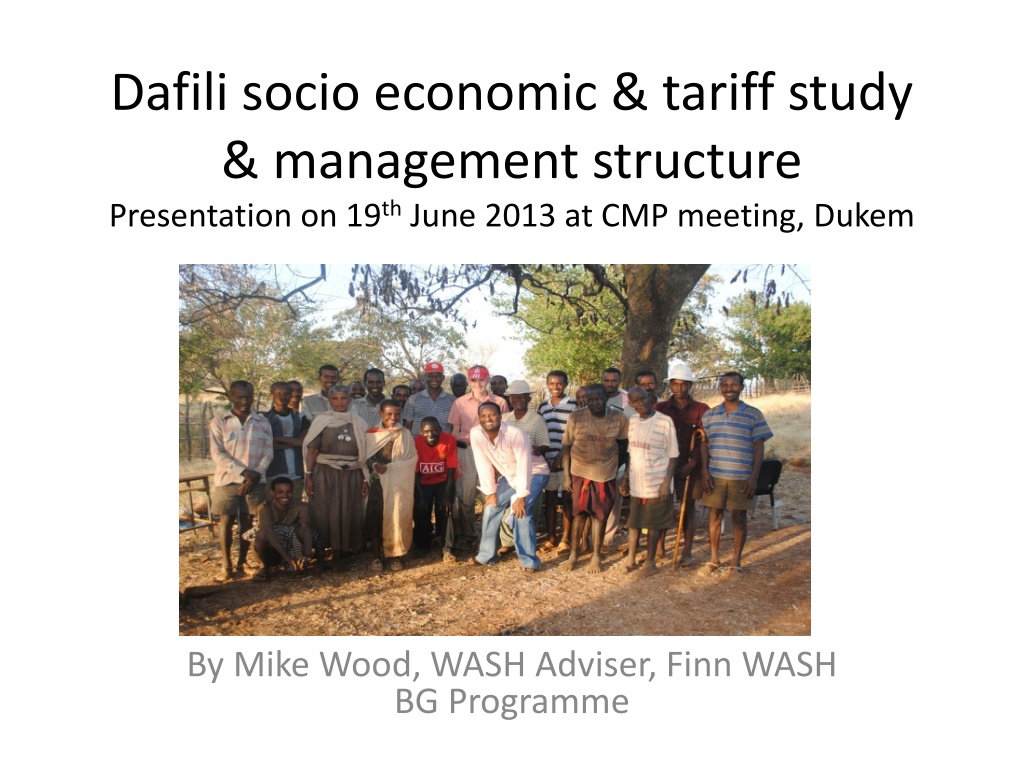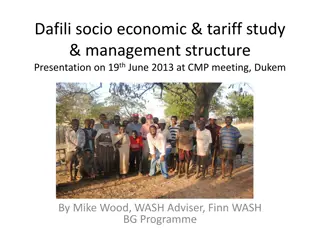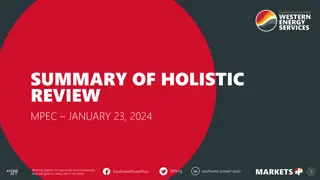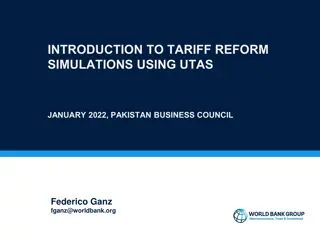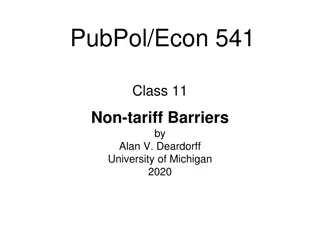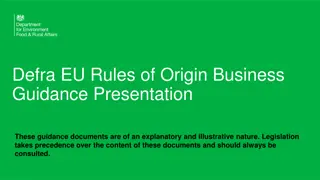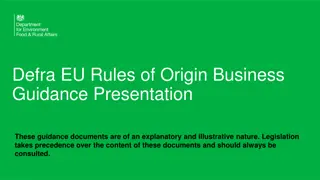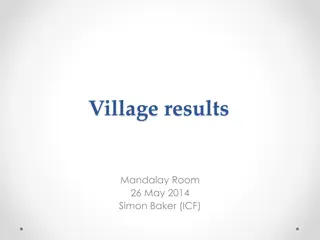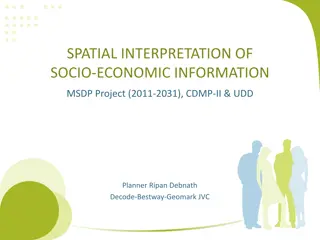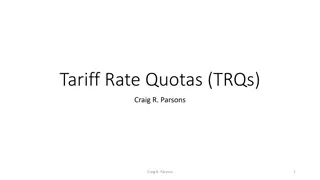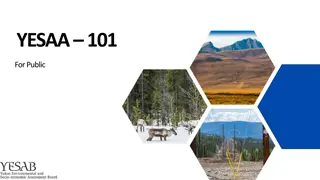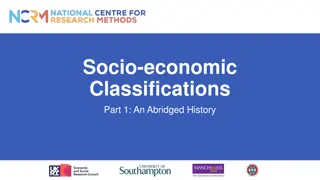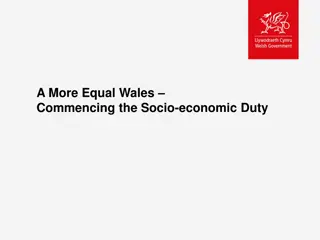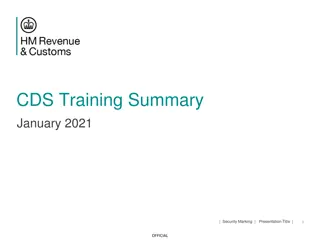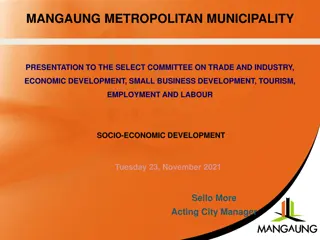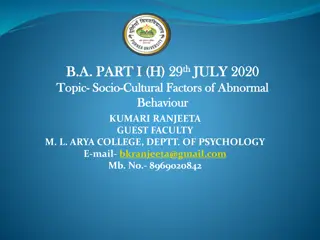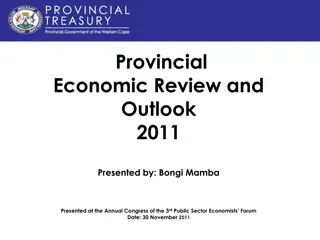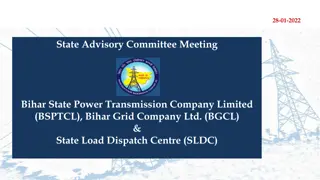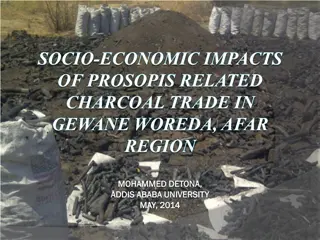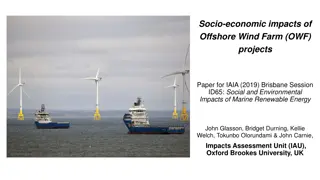Dafili Socio-Economic & Tariff Study Presentation Summary
Presentation delivered by Mike Wood at a CMP meeting in Dukem on June 19, 2013, focused on a socio-economic and tariff study for the Dafili community. The study aimed to gather demographic data, assess the community's ability and willingness to pay for water, recommend affordable tariffs, and evaluate attitudes towards sanitation and hygiene. Methods included observations, focus group discussions, household interviews, and data analysis using SPSS software.
Download Presentation

Please find below an Image/Link to download the presentation.
The content on the website is provided AS IS for your information and personal use only. It may not be sold, licensed, or shared on other websites without obtaining consent from the author. Download presentation by click this link. If you encounter any issues during the download, it is possible that the publisher has removed the file from their server.
E N D
Presentation Transcript
Dafili socio economic & tariff study & management structure Presentation on 19thJune 2013 at CMP meeting, Dukem By Mike Wood, WASH Adviser, Finn WASH BG Programme
Acknowledgements Ato, Abieneh Teschale, the vice Kebelle administrator and chairman of the Water Users Association Executive Committee, Jigda Selassie Kebelle for his tireless efforts in assisting with the Dafili Water Scheme. We would also like to thank the people of Dafili for cooperating during the socio economic & tariff study. 2
Objectives of the study To gather important socio economic and demographic data To establish the communities ability to pay for water To establish the communities willingness to pay for water To recommend an affordable tariff To establish households attitude and knowledge of sanitation and hygiene at household and community levels 3
Purpose of the study The purpose of the study is to inform the Dafili Water Users Association and the Mandura Woreda Water Office on people s willingness and ability to pay for operation and maintenance costs of the system and also to inform the Mandura Health Office on people s attitudes to sanitation and hygiene and the opinion of households towards Health Extension Workers working in the community. 4
Methods Observations by the study team by walking around the village Focus Group Discussions Household interviews Analysis of data using SPSS software Drawing conclusions from the analysis and making recommendations and including them in this report 5
Household survey Conducted 17th 20th February 2011 5% of households surveyed; 30 houses Divided into poor, medium & rich households Four enumerators were trained Gumuz and Agaw are the main ethnic groups living peacefully together 6
Introduction Dafili s population in 2011 was Households: Population 2011 Population projected 2026 Upfront contribution Protected Spring Hand pump Stream Spring water was only available near Takele Sefer Before the system was built, people were not paying for water 324 1,782 1,980 5,000 birr (2010) 44 % 12% 44% 7
Villages within Dafili Kebele Ankoha Genanaw Kach Sefer Tekele Sefer Alemtsehaye 8
Sanitation 20% of houses have a pit latrine No public latrines Few hand washing facilities Hardly anyone uses soap Soap said to be expensive Hand washing with soap not common 9
Community contribution In February 2013 the members of the WUA contributed 3,100 birr as 2012 tariff to buy gate valves and taps which had broken. 310 of the 324 hh contributed Very poor households did not contribute 10
Focus Group Discussions Everyone was very enthusiastic about having a piped water supply. Only 20% of households was reported to have a latrine. Only 17% of hh have hand washing facilities at their latrine. Only 4% use soap! Households prefer to pay a monthly tariff to cover O&M costs 11
FGD results 80% of households use 80 lt water/day 20% use more than 80 lt /day Only 5% said water supply was adequate Lack of water supply and lack of electricity were cited as the major socio economic problems by most respondents The project will have significant positive impacts by stimulating the economy and improving the social and health status of women and children in particular and the target beneficiaries in general. 12
Household survey results Average amount water used per hh/day is 80 lt. No payment for water before scheme started 80% willing to pay for safe water from taps Those not willing to pay live above the spring so will not see an improvement to the existing situation but they do now have a two shower rooms down from the spring. 13
Affordability 60% said they can afford to pay 5 cents/jc 40% said they can afford to pay 10 cents/jc 75% of hh prefer to pay monthly 50% can afford to pay 1 birr/month 35% can afford 2 birr/month 16% can afford to pay 5 birr/month 14
Estimated Annual O&M cost Because it is a gravity scheme there are not many O&M costs Estimated O&M cost is 5,000 birr/year WUA is not employing any workers To cover this cost hh would have to contribute 1 birr/hh/month. Does not include income from showers (50 cents/shower) 15
Examples of other tariffs Gilgel Beles, people pay 20 cents/jerry can or 8 birr/cu.m Debre Zeit, Wombera, people are paying 50 cents/jerrycan 16
Tariff recommendations per jerry can; Dafili To cover O&M costs Paying 5 cents/jc x 4 jc/day = 20 cents x 310 hh = 62 birr x 30 = 1,860 birr/month 22,320 birr/year Would cover O&M costs and create savings. 5 c/jc same as paying 6 birr/hh/month 17
Recommended tariff for Dafili users 5 cents/jc Or 6 birr/month This is affordable to all but the poorest households. 18
Dafili WUA They held a General Assembly meeting of all user household heads and discussed byelaws in September 2012 Byelaws include rules and regulations on how the scheme should be run. Tariff for domestic water set at Tariff for animals drinking at animal troughs: Tariff for irrigation water: Tariff for showers: 19
Tariff in byelaws WUA general assembly decided on the following tariff in their byelaws: A) Association members Domestic use Showers 50 cents per person Cattle 50 cents per head Irrigation 5 birr per night B) Non members Domestic use Showers 1 birr per person Cattle 50 cents per head 14 hh are exempted because unable to pay. 10 cents/ jerry can 50 cents/ jerry can 20
Actual tariff Although byelaws state the above tariff, users decided the actual tariff should be 10 birr/hh/year from the 310 hh who can pay. This is 83 cents/hh per month In February 2013 users contributed 3,100 birr as their 2012 payment. Used to buy gate valves and taps which had broken. They can only pay once a year after harvest as they don t have money at other times. 21
Opening of Dafili Scheme 13th February 2012 22
Byelaws Reason for low tariff was that poor households said they could not pay more The community has not had to pay for water before; not used to paying for something they consider should be free (God given) Awareness campaign was conducted by Mandura Woreda Water office to convince users that water supplied near to their homes had a cost and therefore had economic value which should be paid for. 23
Genanaw Sefer Teklay Sefer WASHCO WASHCO Management Organogramme Mandura Woreda Health Office Mandura Woreda Water Office Jigda Selassie Kebele WASH Team Dafili Water Users Association General Assembly T.A. WSG WUA Executive Water & Sanitation Committee Teklay Sefer WASHCO KachSefer WASHCO Alemtshay Sefer WASHCO Genanaw Sefer WASHCO Ankoha WASHCO 25
Challenges WUA executive committee does not meet regularly as stated in the byelaws but it meets when there is a need to. Executive committee needs more training on management issues and tariff setting The actual O&M cost has to be worked out (the WUA are not employing anyone). Still need practical training in how to maintain the system 26
Challenges continued Need to assist WUA Executive Committee in having an agreement with local artisan to provide plumbing services to maintain the system e.g. replacing gate valves & taps Need to better regulate use of water for irrigation during dry season More awareness on sanitation and hygiene issues like hand washing with soap 27
